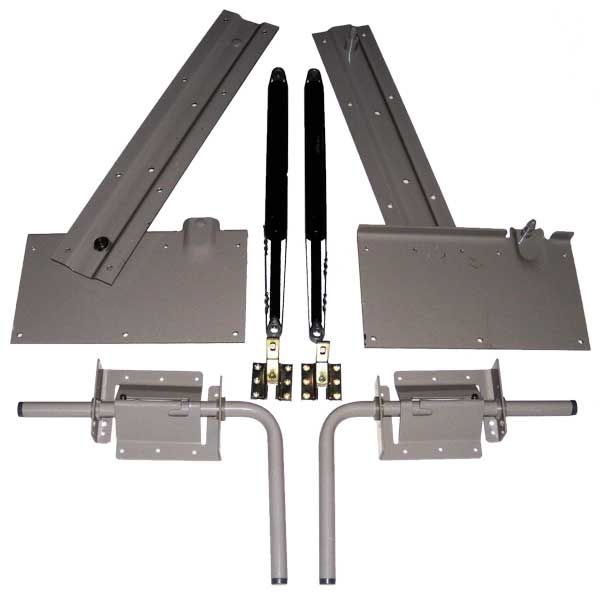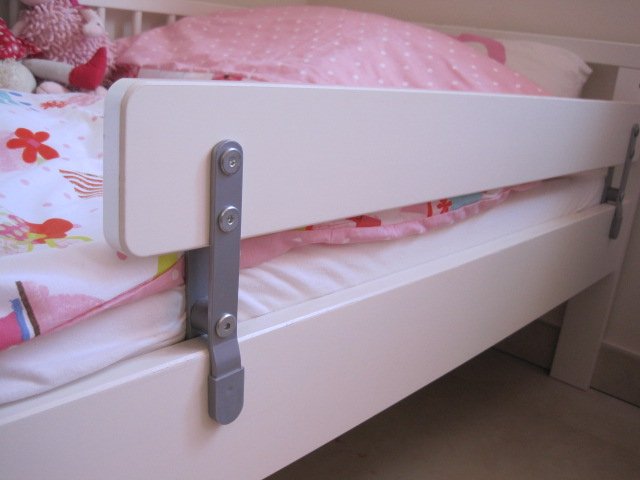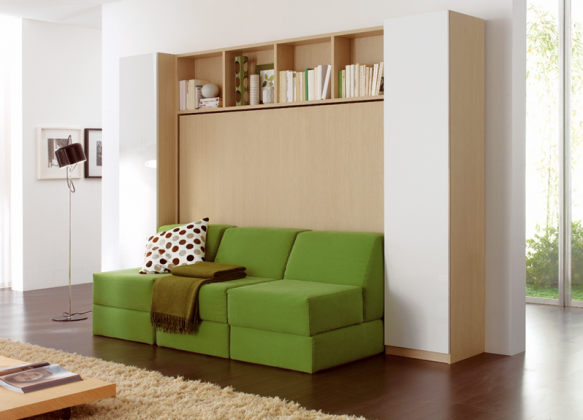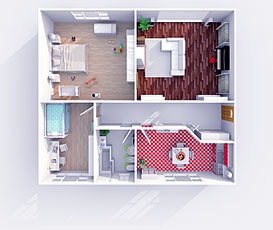Plaid 10 loops: description and work patterns
Knitting ten loops using the front loop is a very interesting kind of needlework. Using this method, you can create a beautiful and practical blanket from the remnants of knitting threads. Working using the facial loop method is not at all difficult.
Small plaid, knitted by spiral knitting by the method of “10 loops”
Content
Plaid 10 loops: description
The product can be of any size. You can also tie a bedspread, a warm blanket, a small chair cover, and a knitted tablecloth.
Beautiful children's blanket and blouse in a set, connected from squares “10 loops”
Multicolored threads for such a rug
Colors can also be very diverse. The most popular options are:
- two-color,
Two-color square plaid “10 loops”
- multi-colored with modulations,
A chic multicolored blanket with overflows looks very beautiful
- multicolored without overflows.
Square multi-colored plaid “10 loops” without overflow
The choice of color depends on the personal preferences of the needlewoman and the presence of threads for knitting. The most sophisticated option is a multi-colored blanket. It will perfectly fit into any interior, it will look absolutely not old-fashioned and will add charm and comfort to any room.
You can link the original round version of the plaid “10 loops”
And the correct selection of colors will allow maximum use of the remnants of a multi-colored thread for knitting, lying around the house.
For such a plaid any multicolored threads are perfect.
Work Schemes
It is necessary to knit such a blanket using one of the simplest methods - a scarf knit for ten loops.
Scarce knitting - scheme and description
In this case, the first front loop must be constantly removed, and the tenth is allowed to be done by any convenient method, but so that the side braids form from the edge. This is necessary for easier fastening of the strips to each other.
Example of knitting shortened rows - type loops, knit 2 rows of garter stitch
In the third row we knit 8 loops, and leave 4 on the left spoke
The initial ribbon needs to be knitted, creating pigtail loops - both on the face and on the seamy side. If the plaid is conceived square, the front loop should be created on 9 knitting furrows.
In order to turn the work - we throw a working thread on the left needle over the last loop and remove this same loop on the right needle as a purl
Then we take the working thread for the loop, and return the loop itself to the left needle
Thus, we wrap around the extreme loop on the left needle - this is necessary so that there is no hole at the turning point
In order to knit a rectangular blanket, the segments of the side braid should be made longer. For example, for needlework with dimensions of 200x150, it is necessary for the initial tape to be 50 centimeters long during operation.
Knitting process
We collect 10 loops and knit the initial ribbon garter viscous (face loops on the face and inside out)
The crucial moment of the whole process is the first corner. It is necessary to take into account the offset by 1 loop, and knit the corner so that there are no holes between the adjacent loops. In order not to get confused, the corner can be knitted in 9 loops from left to right, then - the same amount in the opposite direction.
We tie the complete first corner, counting back.
Next you need to do the second corner. In the process, do not forget about the displacement and about the fact that the first eyelet of the pigtail must be removed.
We start knitting the second corner, we keep score from 9 to 1
When the two corners are ready, it is time to tape. It is necessary to link, while attaching the pigtails of the main blade. To do this, stretch the front loop through the pre-removed loop number ten.
We tie the corner, making gains, count from 1 to 9 - the second corner is ready
And if the hook?
Crochet knit or just under the back of the pigtails, or under both of its segments. In the first case, a thin scar of knitting is obtained; in the second case, the scar will be dense, well-marked, voluminous.
Multi-colored children's plaid “10 loops”, knitted by Tunisian crochet
When knitting under the back share the wrong side turns out to be less voluminous and more pleasant to the touch. However, the dicotyledonous scar will look much more neat. What method to choose - a private affair of each needlewoman.
We start knitting a ribbon, at the same time attaching it to the side braid of a knitted fabric, such a hem is obtained by tying the front loop under both segments of the side braid
The seamy side is a small groove in place of the hem
If you do knitting under both segments of the side braid, then the hem is obtained from two tracks with facial loops
We do the rest of the work in a spiral, constantly measuring out all the same ten loops. It is rational to stick to one direction - traditionally such a blanket is knitted counterclockwise. In this case, the product turns out to be very neat, and what is important for inexperienced needlewomen is that it is easy to properly dissolve it if an error is made in the process of mating.
Now again we knit a corner in a spiral, attaching a knitting to an edge pigtail of a knitted
The second square is ready, we continue to knit, forming corners and attaching knitting on straight sections
Some bugs
What mistakes are often made when using the 10 loop method? The first is the wrong count of the loops themselves. A frequent misstep is not taking the first loop at the end of a row. Then you have to dissolve the yarn and start over.
Also errors are made when the corner fit. The whole affair is spoiled by loose rows — the rug not only loses its function of a warm thing, but its appearance also deteriorates significantly. In order to prevent stretching, it is necessary to use knitting with shortened rows - it turns out to be dense, and it is easier to make corners with such binding.
Such handicraft is a great pastime for any hostess and an excellent method of producing practical, comfortable, stylish and warm products.
The edge of the rug can be crocheted with fans
Video: Plaid on 10 loops, master class
50 blankets "10 loops" - square and rectangular, children's and adult options:
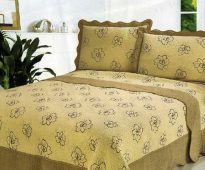 Choosing a bedspread on the bed
Choosing a bedspread on the bed
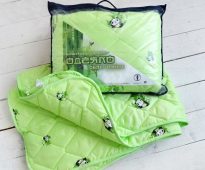 How to wash a bamboo blanket in a washing machine?
How to wash a bamboo blanket in a washing machine?
 Washing blankets at home
Washing blankets at home
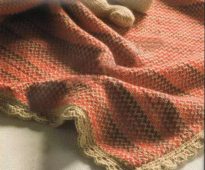 Knit plaid knitting needles
Knit plaid knitting needles
